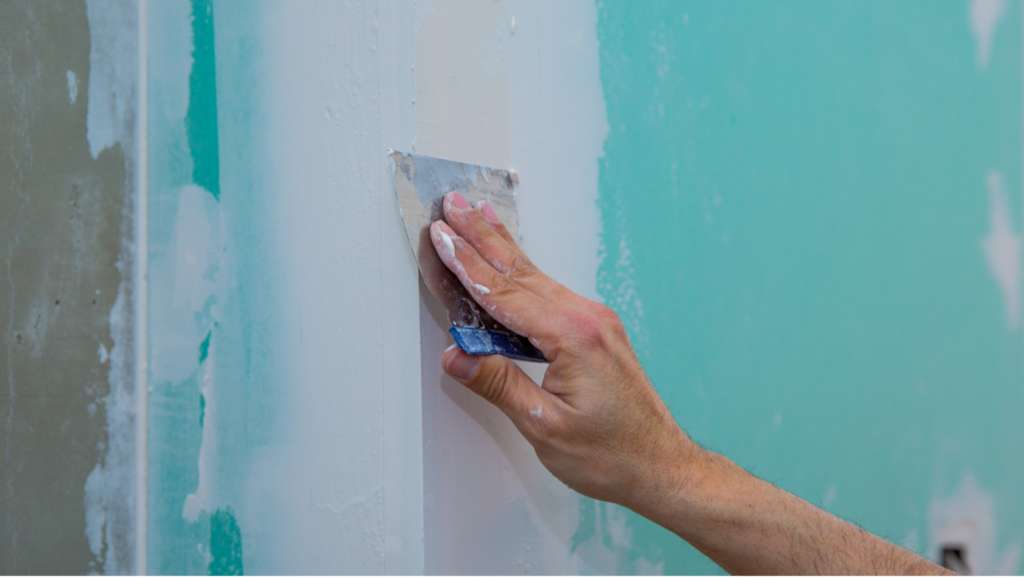The finishing of interior walls has come a long way since using plaster, a common building material, for thousands of years. While plaster produced smooth surfaces, was fire-resistant, deadened sound, and was durable, it had some significant drawbacks. Plaster was a heavy material and required a secondary framing as backing. Additionally, it took several weeks to finish, and the moisture released from the drying plaster often caused problems for the parts of the building that were sensitive to humidity.
The drywall development in the late 1800s provided a solution to that time-consuming process. The gypsum board product was easier and faster to install than plaster, making it a popular residential and commercial construction choice. While drywall has drawbacks, including a tendency to crack during transportation, it remains dominant in residential construction, even in prefabricated environments. Read more about the evolution of interior wall materials in the article from Construction Physics.

